Japanese architect Arata Isozaki has been named 2019 laureate of the Pritzker Prize, architecture’s most prestigious award.
Arata Isozaki is regarded as Japan’s most influential postwar architect. He is the 46th recipient of the Pritzker Prize, and the eighth Japanese architect to receive the honour. The Pritzker jury describes him as “a versatile, influential, and truly international architect”.
2019 Laureate Arata Isozaki was born in Ōita, Island of Kyushu, Japan in 1931 prior to the onset of World War II. He was 14 years old when Hiroshima and Nagasaki were bombed, and builds with the theory that while buildings are transitory, they should please the senses of the users presently passing through and around them. “When I was old enough to begin an understanding of the world, my hometown was burned down. Across the shore, the Atomic bomb was dropped on Hiroshima, so I grew up near ground zero. It was in complete ruins, and there was no architecture, no buildings and not even a city. Only barracks and shelters surrounded me. So, my first experience of architecture was the void of architecture, and I began to consider how people might rebuild their homes and cities.”
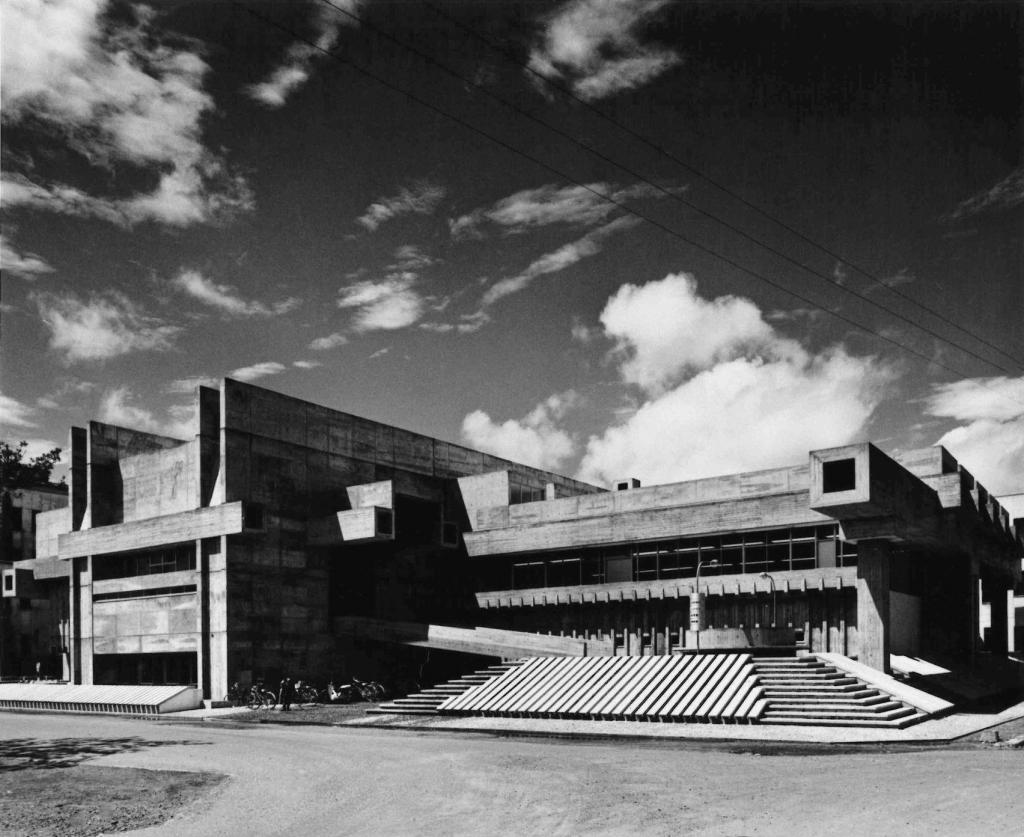
Isozaki graduated from the Department of Architecture in the Faculty of Engineering at the University of Tokyo in 1954, and began his career with an apprenticeship under the guidance of 1987 Pritzker Prize Laureate Kenzo Tange. He established Arata Isozaki & Associates in 1963, after the Allied occupation when Japan had regained its sovereignty and was seeking physical rebuilding amidst political, economic and cultural uncertainty from the decimation of WWII. “In order to find the most appropriate way to solve these problems, I could not dwell upon a single style. Change became constant. Paradoxically, this came to be my own style.” His work began locally, with many buildings in his hometown and Fukuoka, and quickly expanded to Gunma, Osaka and Tokyo. Significant works in his early career include the Ōita Prefectural Library (1962-1966 Ōita, Japan), Expo ’70 Festival Plaza (1966-1970 Osaka, Japan), The Museum of Modern Art, Gunma (1971-1974 Gunma, Japan), and Kitakyushu Municipal Museum of Art, Fukuoka (1972-1974 Fukuoka, Japan).
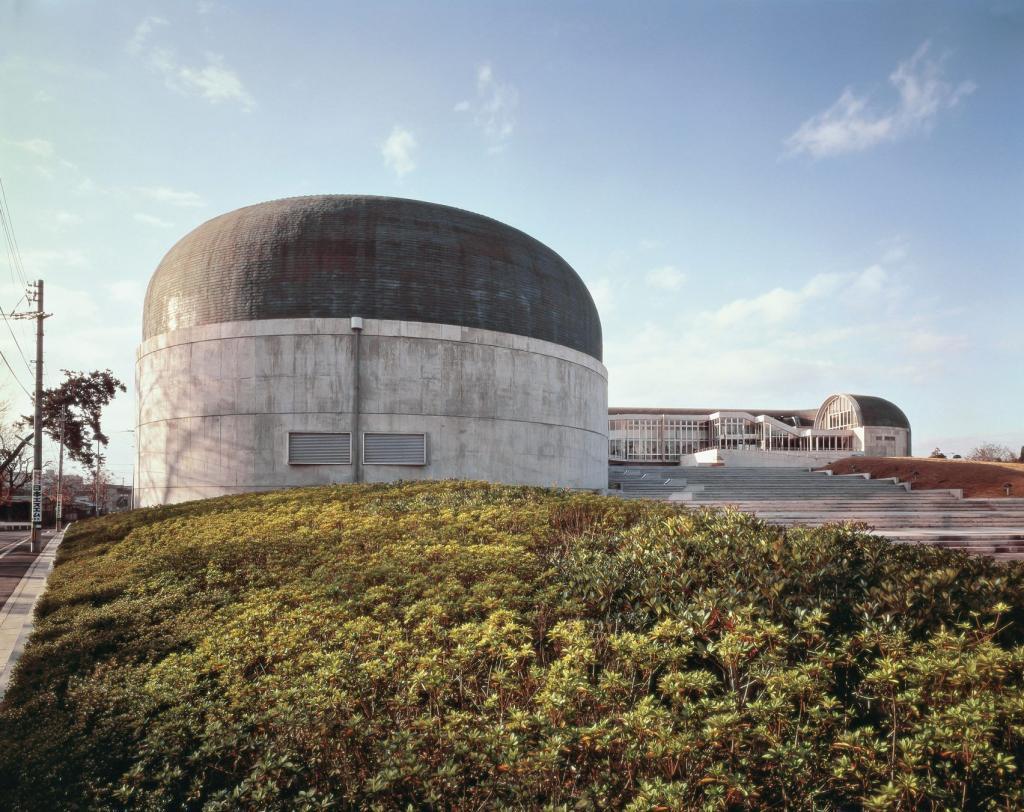
In the 1960s, Isozaki envisioned City in the Air (1962 Tokyo, Japan), a futuristic plan for Shinjuku consisting of elevated layers of buildings, residences and transportation suspended above the aging city below, in response to the rapid rate of urbanization. Although it was unrealized, Isozaki went on to plan cities in accelerating economies, with his most recent developments in China and the Middle East. Through his critical writings, and as a jury member for important architecture competitions, he has played a significant role in bringing to realization the concepts of young architects around the world. Six decades of his work include philosophy, visual art, design, music, films, and plays, alongside his iconic buildings.
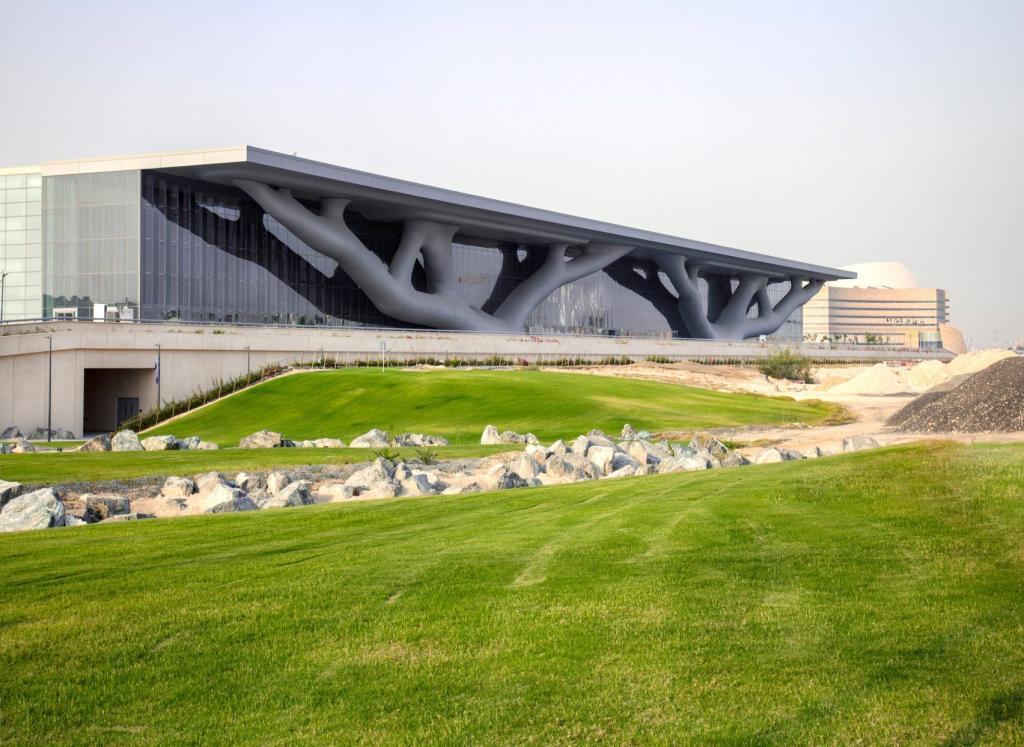
He is the recipient of the Annual Prize, Architectural Institute of Japan, for the Ōita Prefectural Library and The Museum of Modern Art, Gunma (1967 and 1975 respectively, Japan), L’Ordre des Arts et des Lettres (1997 Officier, France), RIBA Gold Medal for architecture (1986 United Kingdom), Leone d’Oro, Venice Architectural Biennale, as commissioner of Japanese Pavilion (1996 Italy), Gran Cruz de la Orden del Mérito Civil (1997 Spain), Ordine al Merito della Repubblica Italiana (2007 Italy), and The Lorenzo il Magnifico Lifetime Achievement Award, Florence Biennale (2017). He was an honorary member of the Royal Academy of Arts (1994) and the American Academy of Arts and Letters (1998), and a member of the Japan Arts Academy (2017). He was appointed to the first Pritzker Prize Jury in 1979, and continued on as a member for five additional years.
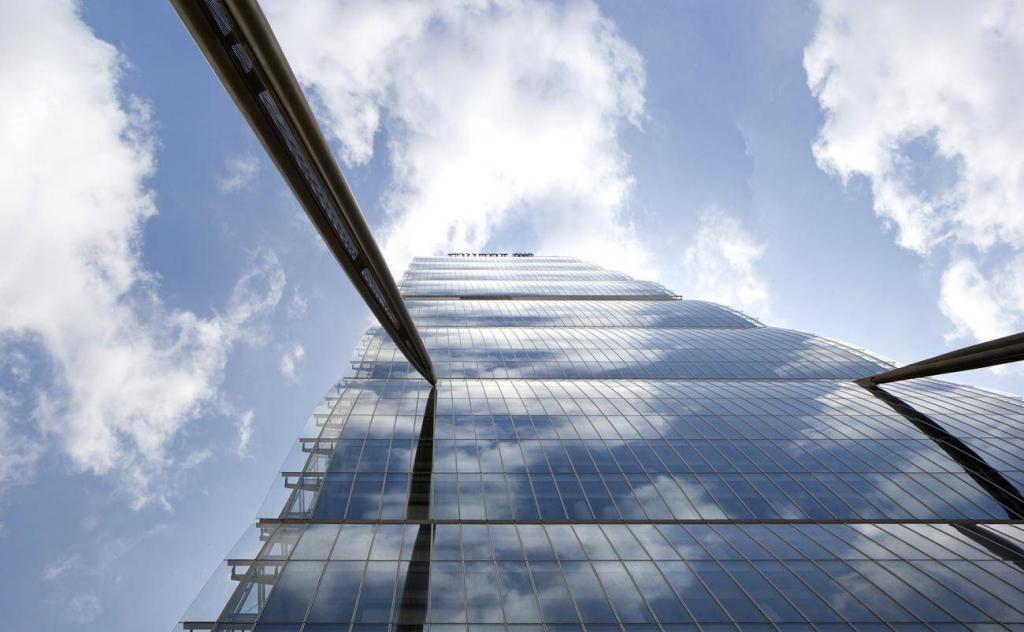
Solo exhibitions featuring the work of Isozaki have included Arata Isozaki: Architecture 1960-1990 at the Museum of Contemporary Art, Los Angeles (California, USA) and Tokyo Station Gallery (Tokyo, Japan); Arata Isozaki: Works in Architecture at the Brooklyn Museum (New York, USA), Galleria D’ Arte Moderna, Comune di Bologna (Bologna, Italy), The Netherlands Architecture Institute (Rotterdam, The Netherlands), The National British Architecture Institute (London, United Kingdom), Miro Museum (Barcelona, Spain) and Moni Lazariston (Thessaloniki, Greece); Arata Isozaki – Electric Labyrinth at Castello di Rivoli, Museo d’Arte Contemporanea (Torino, Italy) and Serralves Museum of Contemporary Art (Porto, Portugal); and Arata Isozaki UNBUILT at the Central Academy of Fine Arts (Beijing, China), Shanghai Urban Planning Exhibition Centre (Shanghai, China) and Guangdong Museum of Art (Guangzhou, China).
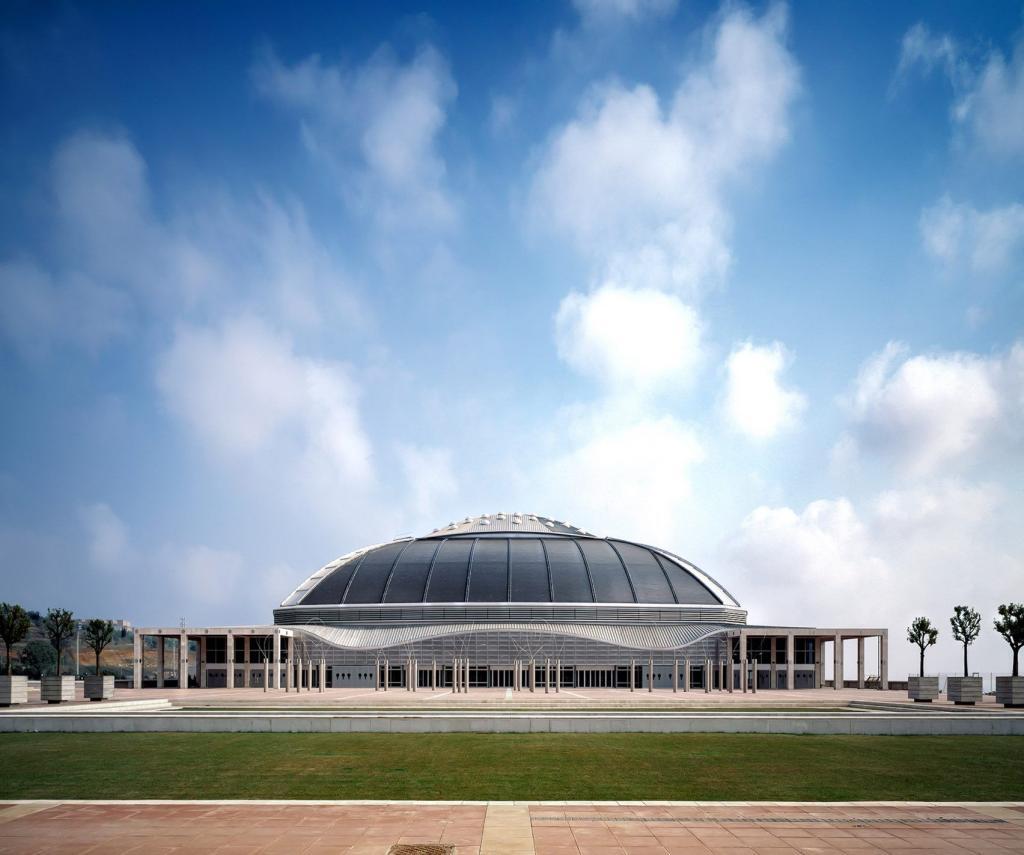
Isozaki has served as a visiting professor at several U.S. universities including: Columbia University, New York (New York, USA); Harvard University (Cambridge, MA, USA) and Yale University (New Haven, Connecticut, USA). He is based in Okinawa with offices operating in Japan, China, Italy and Spain.
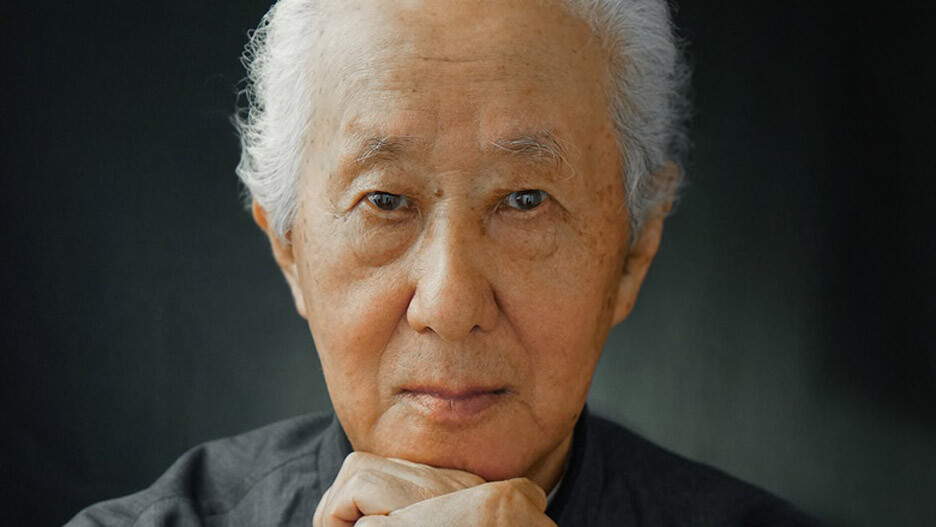
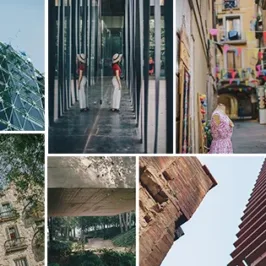
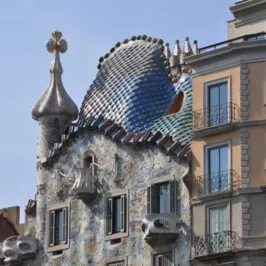
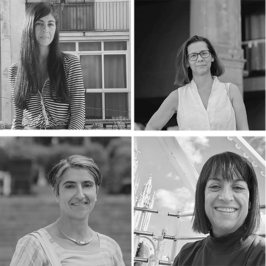
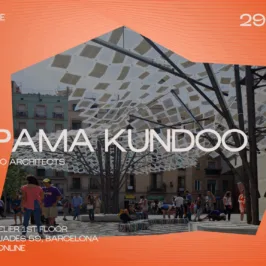
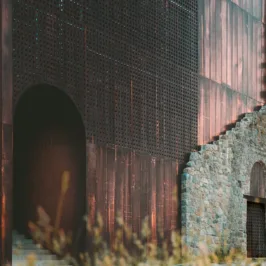
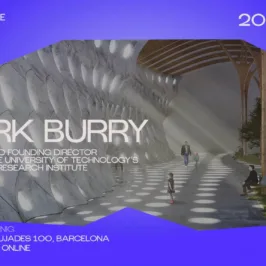

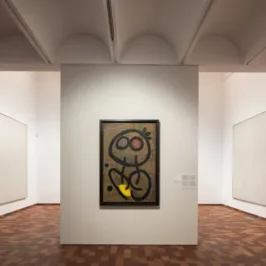

Leave a Reply